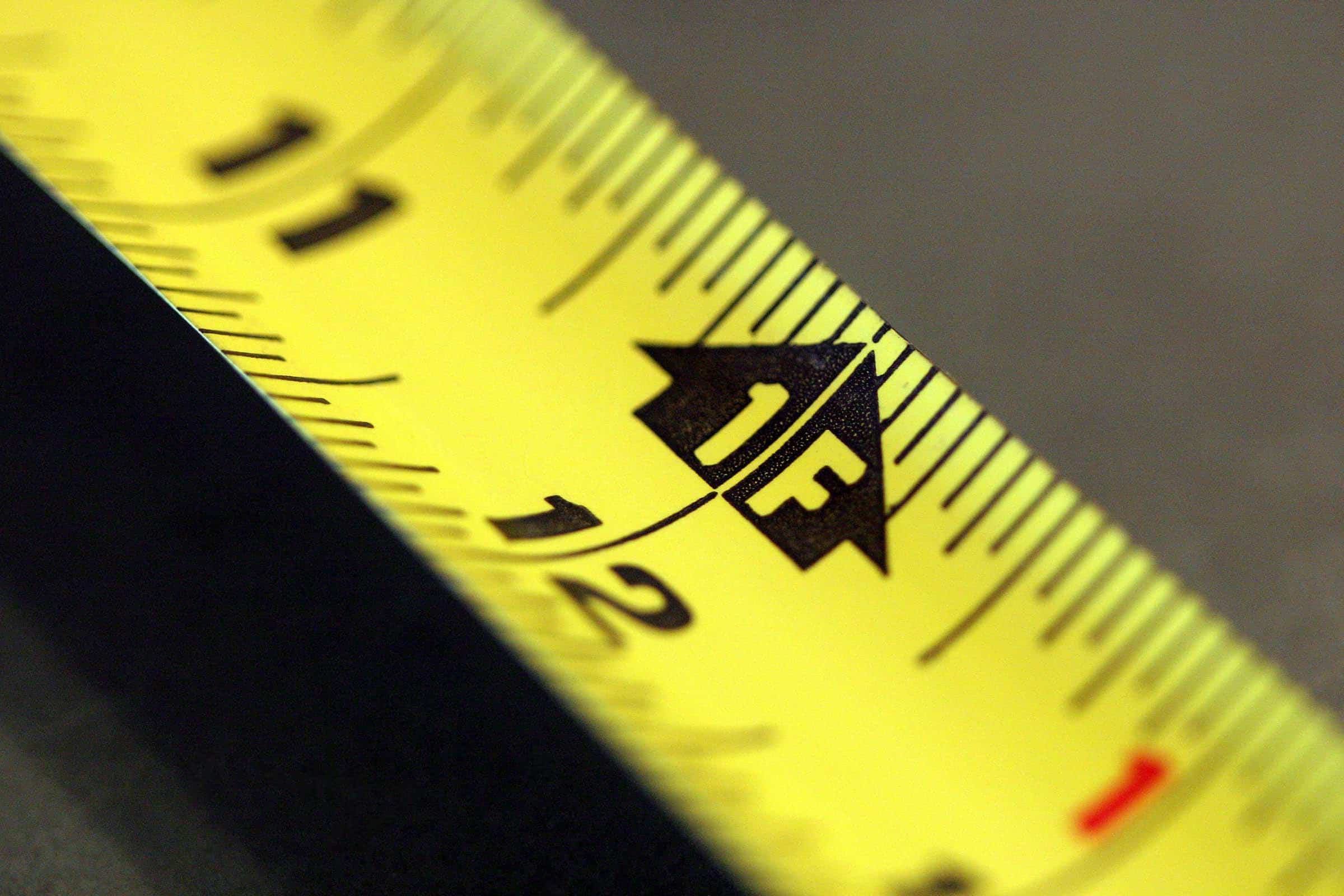Before going back in time to see the origination of these units of measure, let’s examine an old myth that states how ancient Roman technology was used in the making of the space shuttle…
“The US standard railroad gauge (distance between the rails) is 4 feet 8.5 inches. That’s an exceedingly odd number.
Why was that gauge used? Because that’s the way they built them in England, and English expatriates built the US railroads.
Why did the English build them like that? Because the first rail lines were built by the same people who built the pre-railroad tramways, and that’s the gauge they used.
Why did ‘they’ use that gauge then? Because the people who built the tramways used the same jigs and tools that they used for building wagons, which used that wheel spacing.
Okay! Why did the wagons have that particular odd wheel spacing? Well, if they tried to use any other spacing, the wagon wheels would break on some of the old, long distance roads in England, because that’s the spacing of the wheel ruts.
So who built those old rutted roads? The first long distance roads in Europe (and England) were built by Imperial Rome for their legions. The roads have been used ever since. And the ruts? Roman war chariots first made the initial ruts, which everyone else had to match for fear of destroying their wagon wheels and wagons. Since the chariots were made for, or by Imperial Rome, they were all alike in the matter of wheel spacing.
Thus, we have the answer to the original question. The United States standard railroad gauge of 4 feet, 8.5 inches derives from the original specification for an Imperial Roman war chariot.
Specifications and bureaucracies live forever. So, the next time you are handed a specification and wonder which horse’s rear came up with it, you may be exactly right. Because the Imperial Roman war chariots were made just wide enough to accommodate the back ends of two war-horses.
And now, the twist to the story…
There’s an interesting extension to the story about railroad gauges and horses’ behinds. When we see a Space Shuttle sitting on its launch pad, there are two big booster rockets attached to the sides of the main fuel tank. These are solid rocket boosters, or SRBs. Thiokol makes the SRBs at their factory at Utah. The engineers who designed the SRBs might have preferred to make them a bit fatter, but the SRBs had to be shipped by train from the factory to the launch site. The railroad line from the factory had to run through a tunnel in the mountains. The SRBs had to fit through that tunnel. The tunnel is slightly wider than the railroad track, and the railroad track is about as wide as two horses behinds.
So, the major design feature of what is arguably the world’s most advanced transportation system was determined by the width of a Horse’s rear!” [Collected via e-mail, 2000]
Now back to as it relates to PRIER…
- A US gallon is based on the size of a jug of English wine.
- A minute is an angular measurement (1/60th) of an hour in which early Egyptians divided night/day into 12 segments based on daylight and star movement.
- A pound – Roman libra (lb.) originated as the weight of 5,076 grains of wheat.
- The inch was the length of a Roman Emperor’s foot divided into 12 units (unciae in latin). They liked to divide things in twelfths in those days.
So you might say that we design our products based on how much wine we can push through a hole 1/12 the size of an emperor’s foot of under the weight of 5,076 grains of wheat in a fraction of the time it takes the sun to cross the sky.
I don’t see why we ever changed.
Connect with PRIER on Facebook, LinkedIn, Twitter, YouTube, Instagram and Pinterest!


